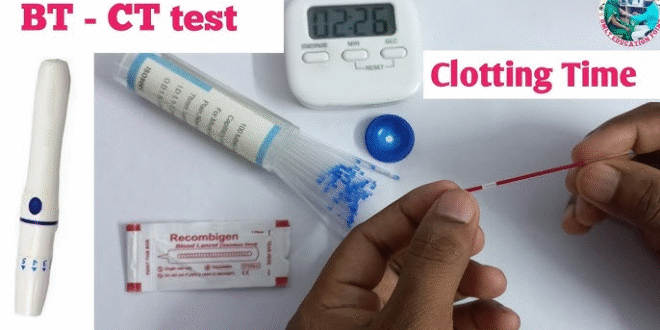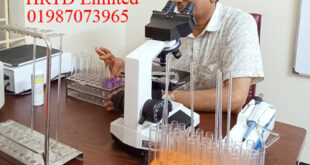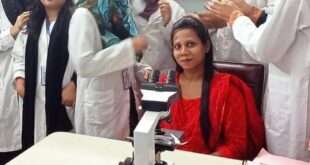BT/CT Test

Institution Information:
HRTD Medical Institute
Section-6, Block-Kha, Road-1, Plot-11
Metro Rail Pillar-249, Folpotti Mosque Lane
Mirpur-10, Dhaka-1216
📞 Contact: 01797522136 | 01987073965 | 01784572173
Introduction of BT/CT Test
Bleeding Time (BT) and Clotting Time (CT) tests are among the most fundamental investigations used in clinical pathology to evaluate hemostasis — the body’s process of stopping bleeding. These tests help determine how well the body can stop bleeding after an injury and are especially crucial in diagnosing bleeding disorders. At HRTD Medical Institute, these tests are conducted with the utmost accuracy and clinical relevance to aid in diagnosis, pre-surgical evaluations, and routine checkups.
This article provides an in-depth understanding of the BT/CT test, including their principles, procedures, clinical significance, and the modern standards followed at HRTD Medical Institute in Dhaka.
What is Bleeding Time (BT)?
Definition:
Bleeding Time is the duration taken for bleeding to stop after a standardized skin incision or puncture. It evaluates the functionality of platelets and the integrity of blood vessels.
Purpose:
- To assess platelet function
- To screen for bleeding disorders
- Often performed before surgeries to detect any bleeding tendencies
Normal Range:
- 2 to 7 minutes (may vary slightly depending on the method used)
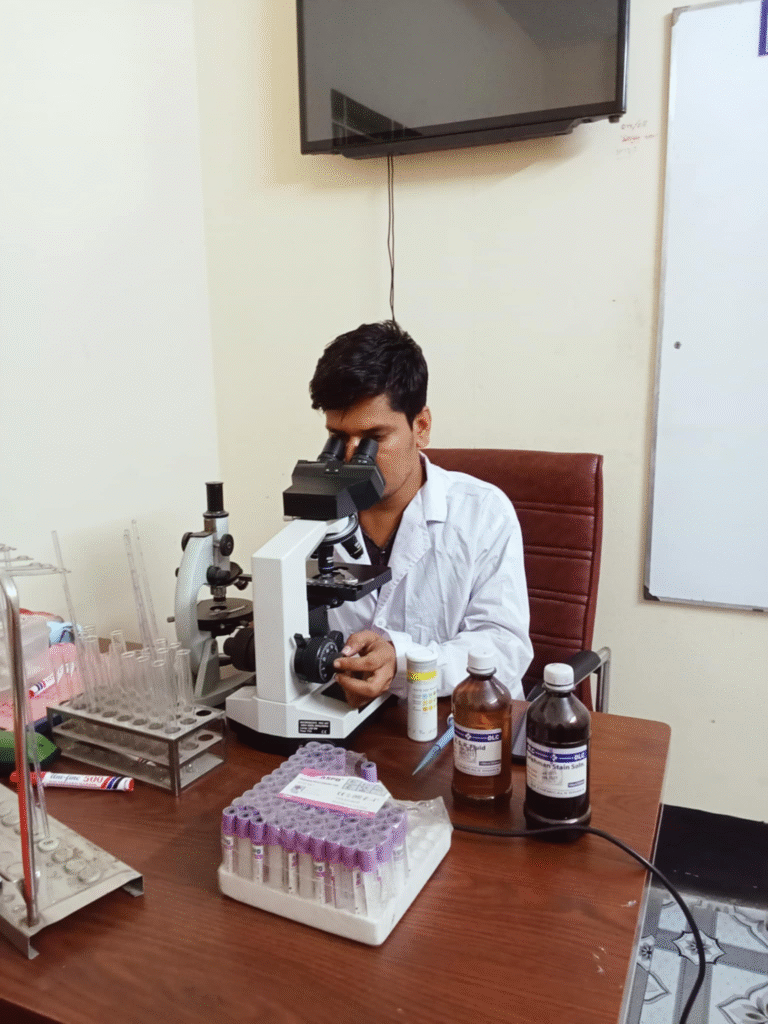
What is Clotting Time (CT)?
Definition:
Clotting Time is the time it takes for blood to form a clot in a test tube after being drawn from the body. It primarily evaluates the intrinsic pathway of the coagulation cascade.
Purpose:
- To detect clotting factor deficiencies
- To monitor bleeding risks
- Useful in conditions like hemophilia
Normal Range:
- 5 to 15 minutes depending on the method and temperature conditions
Importance of BT/CT Tests in Clinical Practice
- Pre-surgical Evaluations
BT/CT tests are crucial before surgeries to ensure the patient does not have any undiagnosed bleeding disorders. - Diagnosis of Bleeding Disorders
Conditions like von Willebrand disease, thrombocytopenia, and hemophilia often show abnormal BT/CT results. - Monitoring Anticoagulant Therapy
For patients on medications like warfarin or heparin, these tests help in adjusting dosage and avoiding complications. - Assessment After Unexplained Bleeding
In cases of easy bruising, frequent nosebleeds, or heavy menstruation, BT/CT tests are initial screening tools.
Types of Methods Used
Bleeding Time Methods
- Ivy’s Method: Standardized incision made on the forearm and bleeding time is recorded. Preferred due to accuracy.
- Duke’s Method: Finger or earlobe puncture, quicker but less reliable.
Clotting Time Methods
- Capillary Method: Involves collecting capillary blood and timing the clot formation.
- Lee and White Method: Uses venous blood in test tubes to assess clot formation.
Procedure at HRTD Medical Institute
At HRTD Medical Institute, BT/CT tests are conducted under standardized and sterile conditions to ensure reliable results.
Step-by-Step Procedure for Bleeding Time:
- The patient is seated comfortably.
- Blood pressure cuff applied and inflated to 40 mmHg.
- A standardized incision made using a lancet or device.
- Timer started immediately.
- Filter paper used to blot blood every 30 seconds until bleeding stops.
- Total bleeding time recorded.
Step-by-Step Procedure for Clotting Time:
- Venous blood is collected aseptically.
- Blood is distributed into test tubes and kept at 37°C.
- Tubes are tilted every 30 seconds.
- Time from collection to clot formation is recorded.
Modern Approach to BT/CT Testing at HRTD Medical Institute
At HRTD Medical Institute, we blend traditional clinical methods with modern laboratory practices:
- Trained technologists with expert supervision
- Use of calibrated timers, sterile instruments, and standardized lancets
- Internal quality control measures for every test
- Immediate reporting with physician consultation available
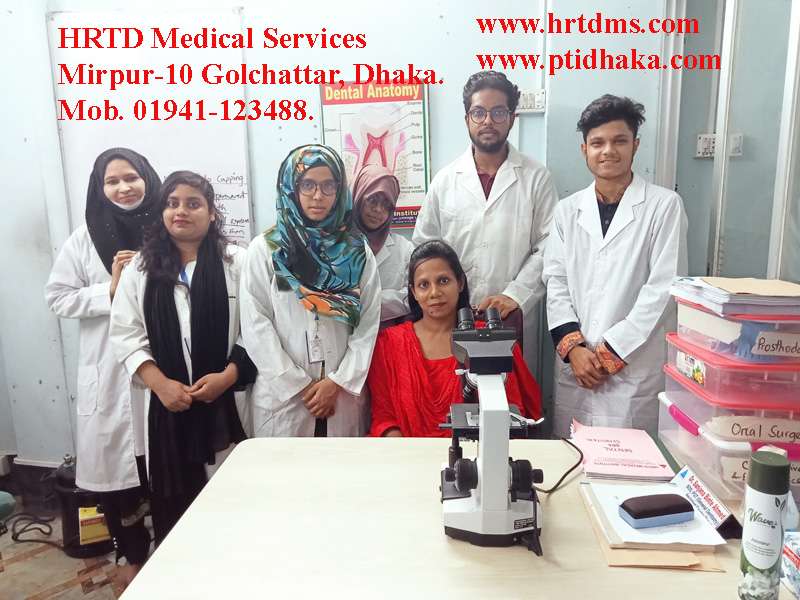
Factors Affecting BT/CT Test Results
Several factors can influence the accuracy of BT and CT tests. Understanding and controlling these factors is essential for correct interpretation.
1. Physiological Factors
- Age: Children may have slightly different values.
- Gender: Females may have prolonged bleeding time due to hormonal differences.
- Menstrual Cycle: BT may be longer during menstruation.
2. Technical Factors
- Incision depth and size in BT test can vary if not standardized.
- Room temperature may affect clotting enzymes.
- Equipment variation like lancets, test tubes, and filters can influence outcomes.
3. Medications
- Aspirin and NSAIDs: Prolong bleeding time due to platelet dysfunction.
- Anticoagulants: Heparin or warfarin can prolong clotting time.
- Steroids and antibiotics: May interfere indirectly.
4. Medical Conditions
- Liver disease – affects production of clotting factors.
- Kidney disease – uremia may cause platelet dysfunction.
- Bone marrow disorders – reduce platelet production.
At HRTD Medical Institute, we ensure all pre-test guidelines are followed, and patient history is thoroughly reviewed to avoid false interpretations.
Conditions Indicated by Abnormal BT/CT Results
Understanding abnormal test results can guide diagnosis:
Prolonged Bleeding Time (BT) May Indicate:
- Thrombocytopenia: Low platelet count.
- Platelet dysfunction: Acquired (e.g., due to aspirin) or inherited (e.g., Glanzmann thrombasthenia).
- Vascular disorders: Ehlers-Danlos syndrome or scurvy.
- von Willebrand Disease: Defective platelet adhesion.
Prolonged Clotting Time (CT) May Indicate:
- Hemophilia A or B: Deficiency of factor VIII or IX.
- Disseminated Intravascular Coagulation (DIC)
- Severe liver disease
- Vitamin K deficiency
- Use of anticoagulant drugs
Each result must be interpreted in the context of clinical history and other lab tests — a practice carefully upheld at HRTD Medical Institute.
BT/CT vs. Other Coagulation Tests
Modern hematology often supplements or replaces BT/CT with more specific tests. However, BT/CT still holds clinical value, especially in basic health centers or as a rapid screening tool.
| Test | Evaluates | Modern Alternative |
|---|---|---|
| BT | Platelet function | Platelet function assay (PFA-100) |
| CT | Coagulation cascade | PT (Prothrombin Time), aPTT (Activated Partial Thromboplastin Time), INR |
At HRTD Medical Institute, we often integrate BT/CT results with PT/aPTT, platelet count, and bleeding history for a comprehensive evaluation.
Case Studies from HRTD Medical Institute
Case 1: A 22-Year-Old Female With Heavy Menstrual Bleeding
- Symptoms: Excessive bleeding during menstruation and frequent nosebleeds.
- BT: 9 minutes (prolonged)
- CT: 12 minutes (normal)
- Diagnosis: von Willebrand disease
- Outcome: Successfully managed with desmopressin and counseling
Case 2: A Pre-operative Patient for Minor Surgery
- History: No known bleeding disorder
- BT: 3 minutes (normal)
- CT: 7 minutes (normal)
- Proceeded to surgery safely without complications
These real-life examples highlight the value of BT/CT testing as practiced at HRTD Medical Institute.
Patient Preparation for BT/CT Test
Proper patient preparation ensures accurate results:
- Avoid Aspirin or NSAIDs at least 7 days before the test.
- No alcohol 24 hours prior.
- Inform technician about any medications or bleeding history.
- Fasting is not required.
- Remain relaxed during the test to reduce vasoconstriction.
Technologists at HRTD Medical Institute guide each patient carefully before sample collection.
Safety and Comfort at HRTD Medical Institute
- Use of disposable lancets and sterile equipment
- Application of antiseptics to prevent infection
- Monitoring of any adverse reactions
- Compassionate approach for pediatric and geriatric patients
We aim to make the process simple, safe, and patient-friendly.
Frequently Asked Questions (FAQs)
Q1. Is BT/CT painful?
A: It may cause mild discomfort similar to a finger prick but is not painful.
Q2. How long does it take to get the results?
A: Results are usually available within 1 hour at HRTD Medical Institute.
Q3. Is fasting required?
A: No, you can take the test at any time of the day.
Q4. Can I take the test while on medication?
A: Some medications interfere with results. Inform the technician beforehand.
Q5. Are there any risks?
A: The test is safe. Minor bruising or discomfort may occur, but serious complications are rare.
Why Choose HRTD Medical Institute for BT/CT Testing?
At HRTD Medical Institute, Mirpur-10, Dhaka, we are committed to precision, compassion, and affordability. Here’s why patients trust us:
- ✅ Experienced laboratory technologists
- ✅ Modern diagnostic equipment
- ✅ Fast and reliable reporting
- ✅ Affordable testing packages
- ✅ Physician consultation available onsite
- ✅ Hygienic and comfortable facility
Whether for a routine checkup, surgical preparation, or diagnostic investigation, HRTD Medical Institute ensures quality laboratory services with a human touch.
Conclusion
BT/CT tests remain a valuable tool in evaluating bleeding tendencies and coagulation issues. Despite newer technologies, they are irreplaceable in certain clinical settings for quick assessment of hemostasis. At HRTD Medical Institute, we ensure that every test is performed with precision and care, enabling doctors and patients to make informed healthcare decisions.
We invite you to visit our center for BT/CT testing and experience our excellence in medical diagnostics.
📍HRTD Medical Institute
Section-6, Block-Kha, Road-1, Plot-11
Metro Rail Pillar-249, Folpotti Mosque Lane
Mirpur-10, Dhaka-1216
📞 Contact: 01797522136 | 01987073965 | 01784572173
 Pathology Training Institute in Bangladesh Best Pathology Training Institute in Bangladesh
Pathology Training Institute in Bangladesh Best Pathology Training Institute in Bangladesh

